This expedition happened on a Saturday, not the usual Wednesday. I keep adding to my list of places to explore and the number of them that aren’t open on Wednesdays is growing. The Orly Museum is only open one Saturday each month.
First I went to the Berkeley Art Center, which is nestled in the trees at Live Oak Park. I love this huge stone fireplace you can see in the left side of the photo. It was renovated somewhat recently, but I couldn’t find any information online about whether anybody actually uses it. On the right side is Codornices Creek. I discovered codornices means quail! Happy to know this, because quail are some of my favorite birdies.
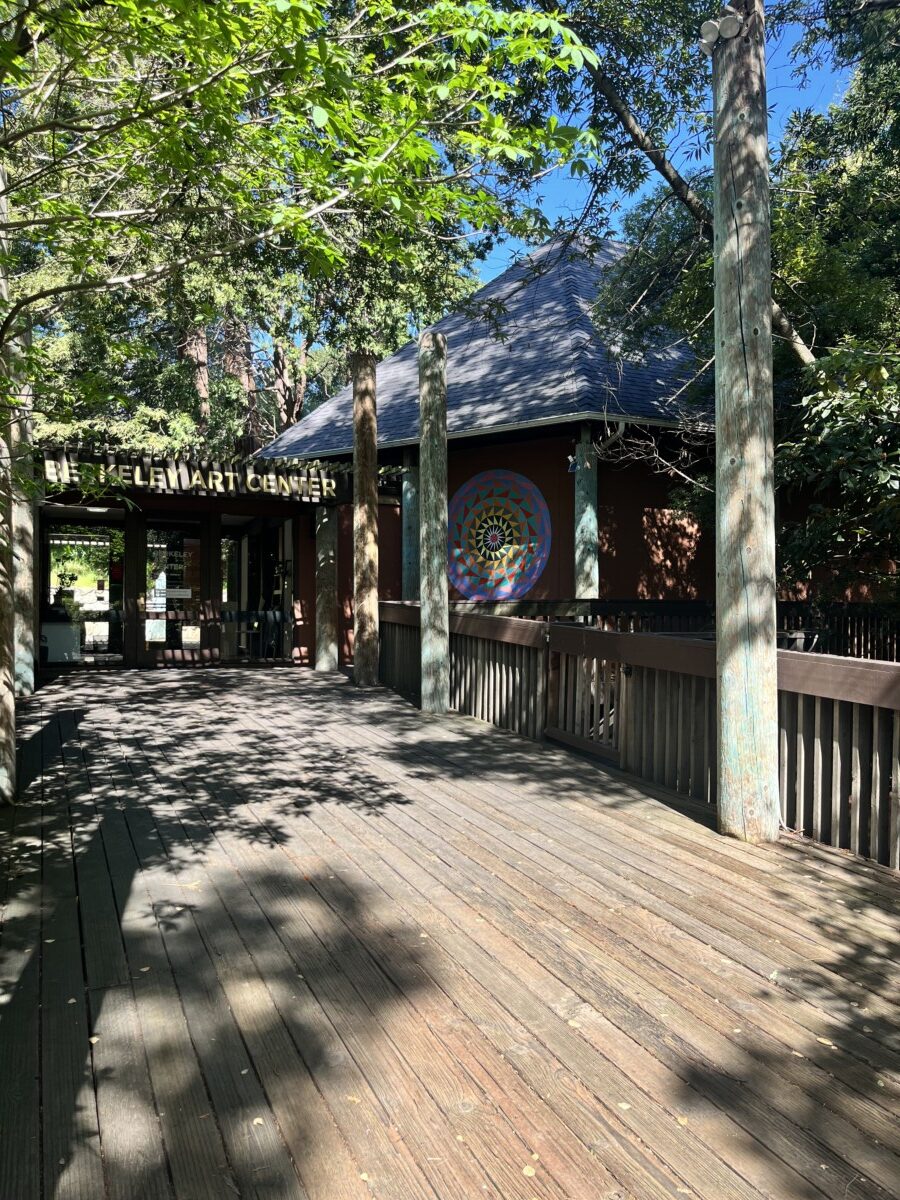
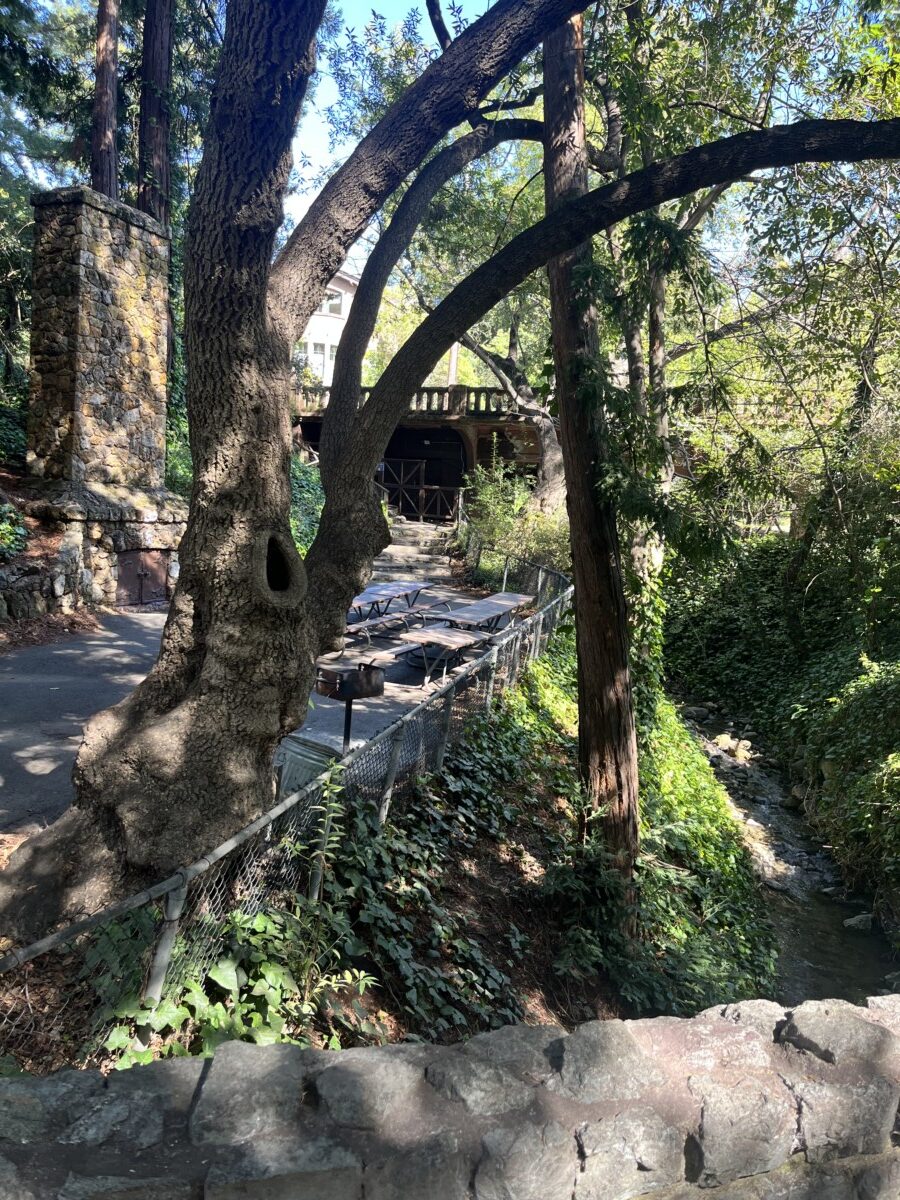
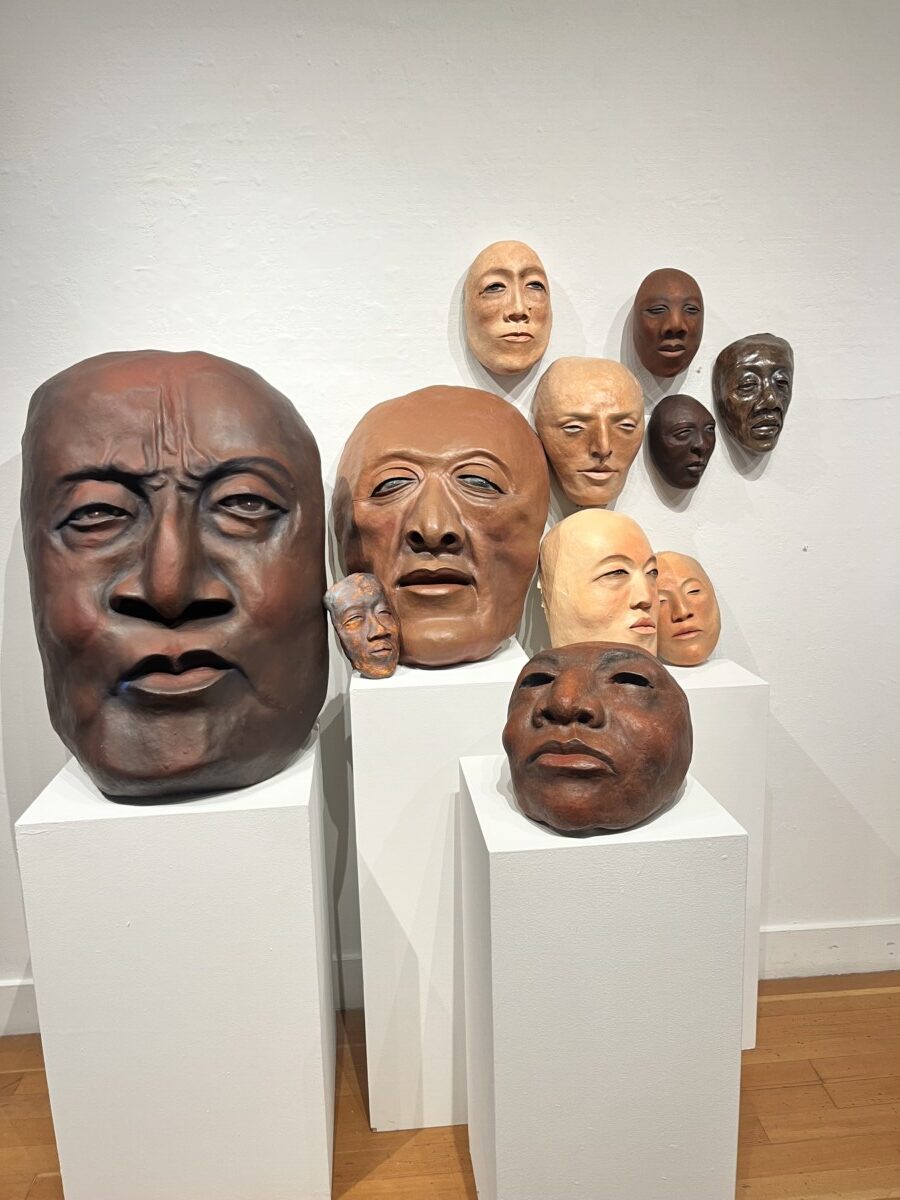
The only thing I really liked in the art center show were these heads, made of papier mache clay painted with oil paint. They look a lot like ceramic, but with a softer feel, almost like skin. The one at the top is about life-size. The one on the far left is maybe 2 feet high. I really like the way they’re arranged.
Next stop was the Orly Museum of Hungarian Culture just a few blocks away. The museum is in a house. I was offered a tour by Elvira Orly, who grew up in the house. She told me she and her siblings could have divided up their parents’ extensive collection when they died but they decided to keep it all at the house and create a museum. She asked me how I heard about them and I said I saw the museum on Google maps, which is how I find a lot of stuff.
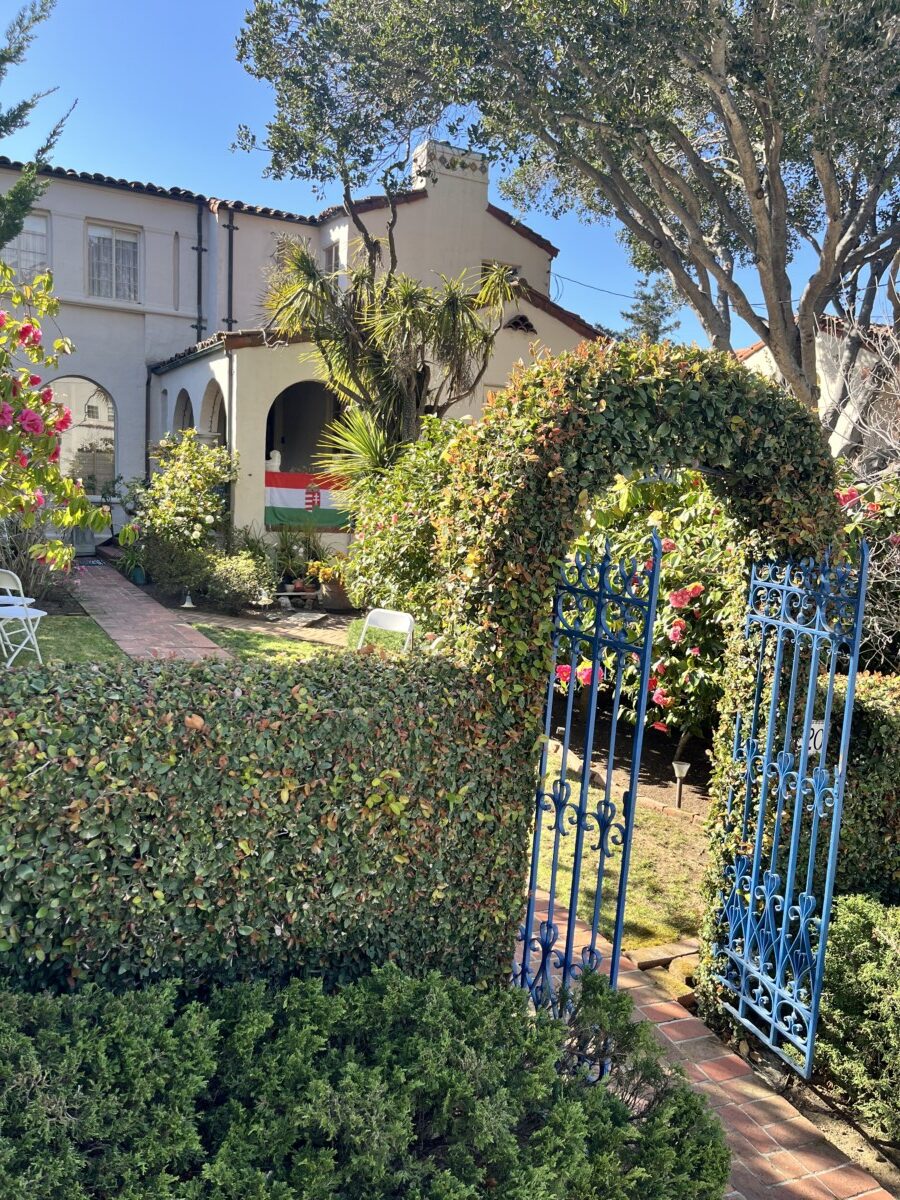
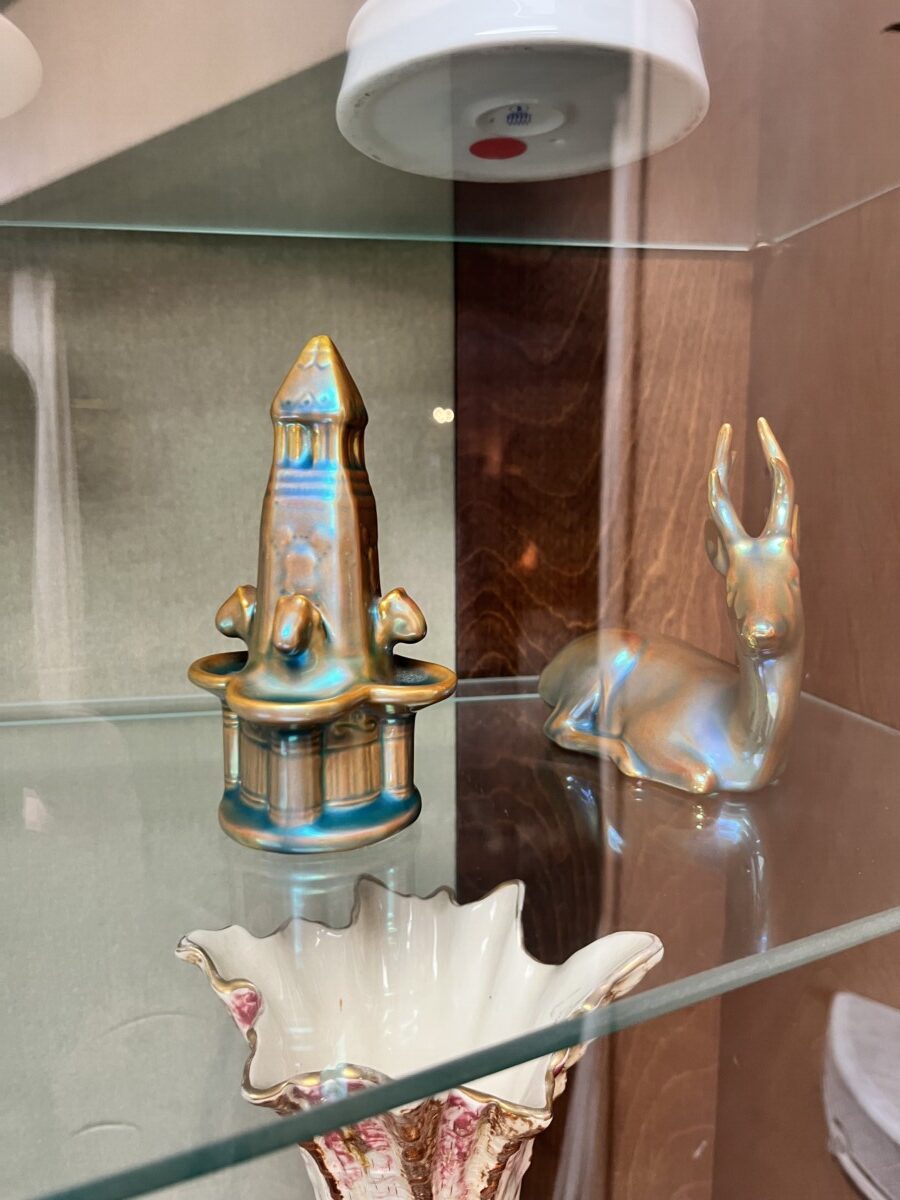
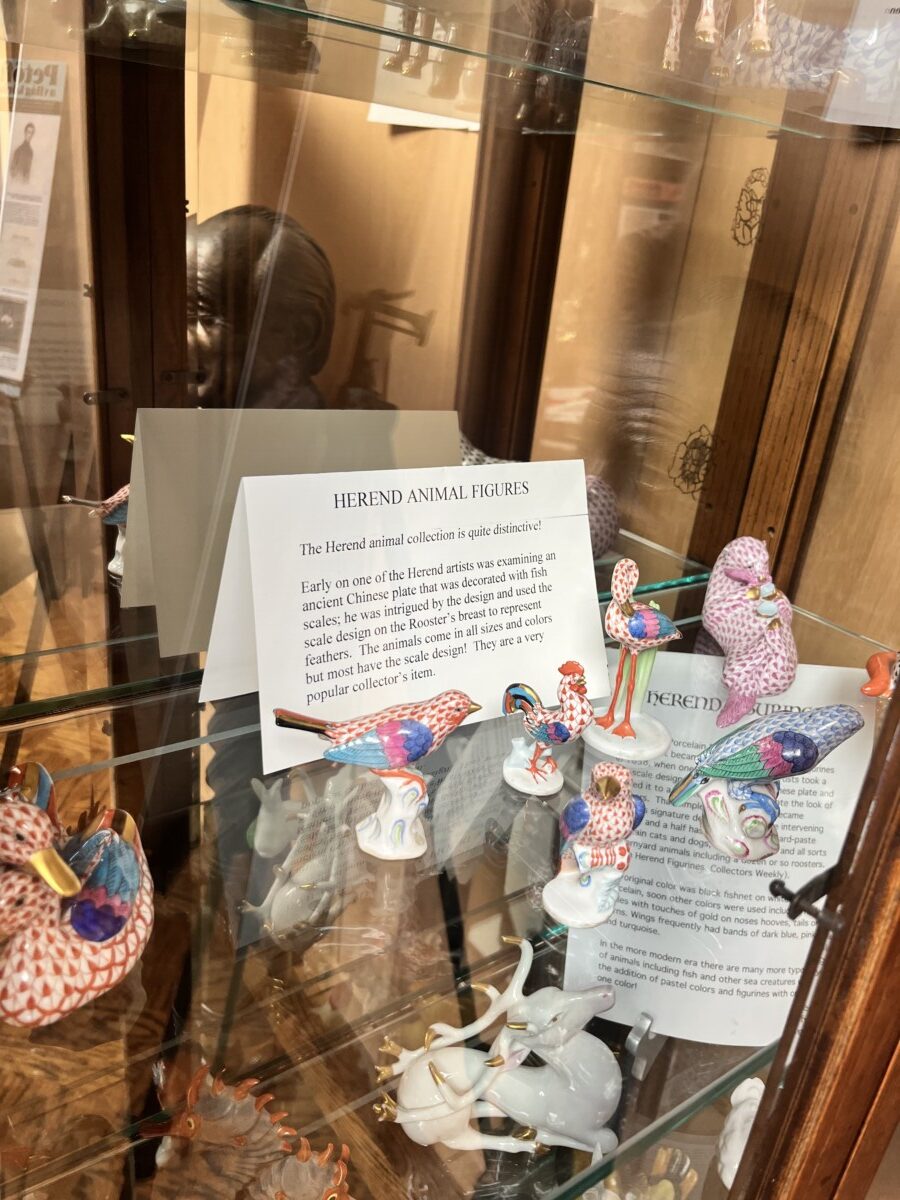
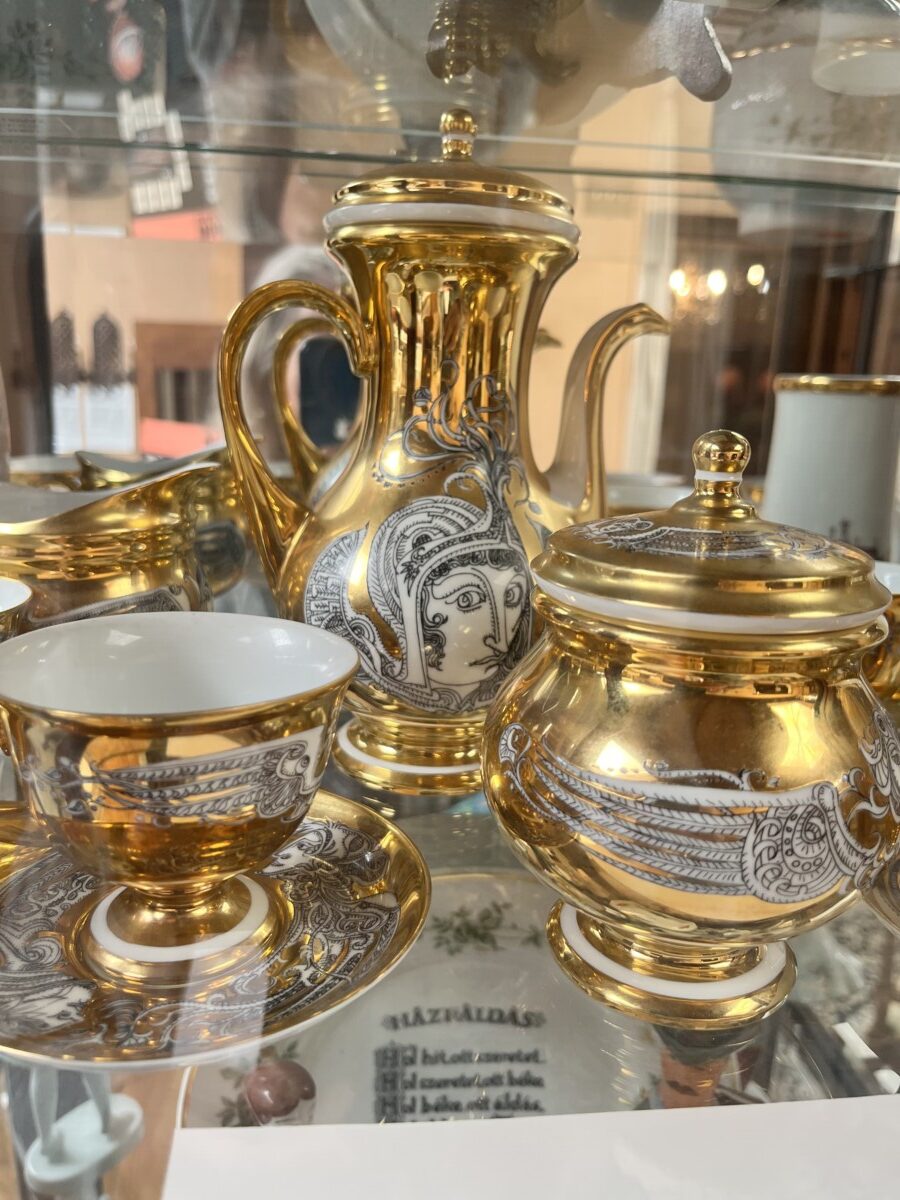
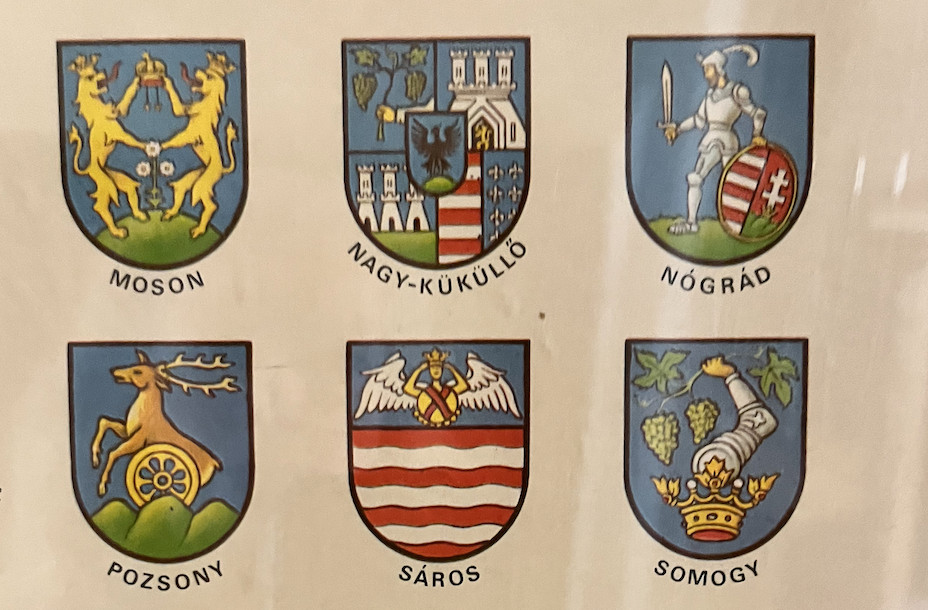
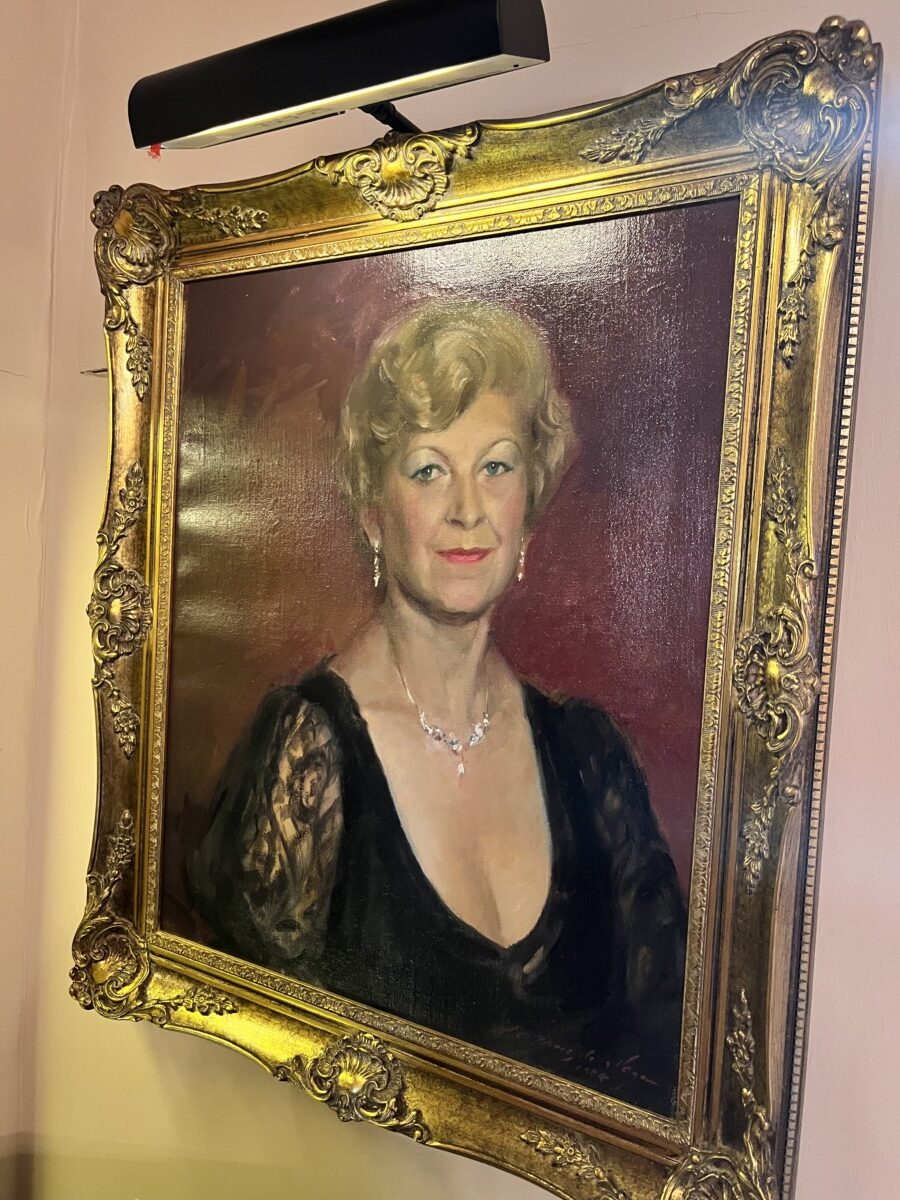
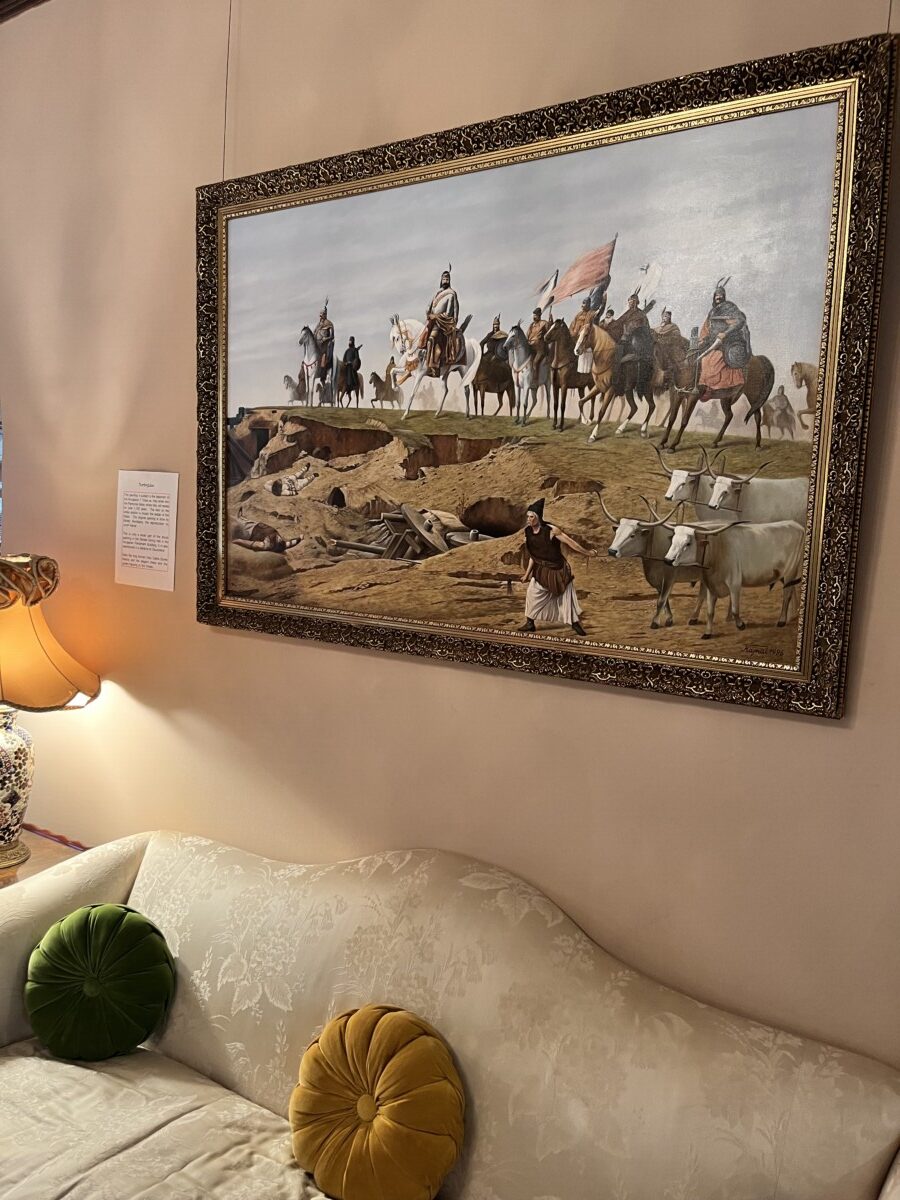
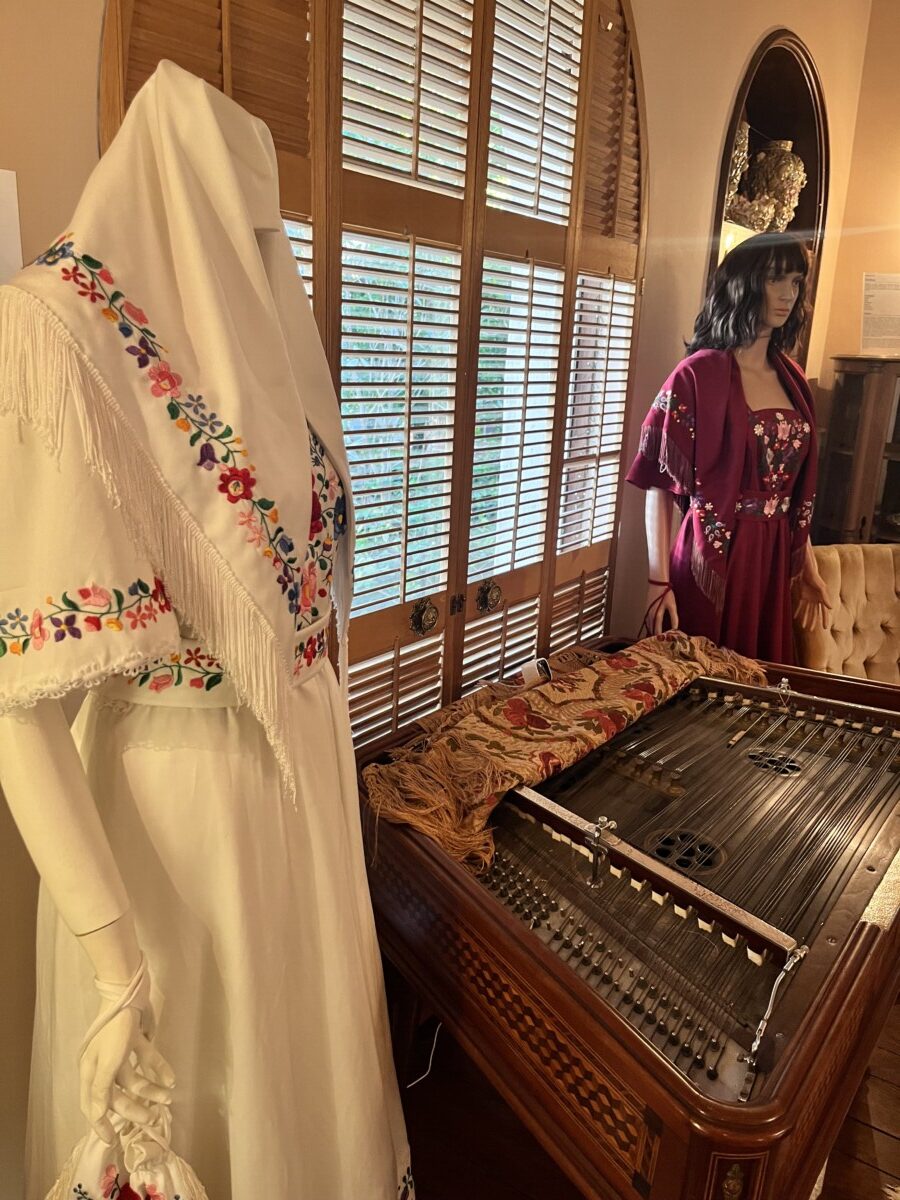
There are lots of ceramics, which Hungary is apparently known for. The map showed coats of arms of old Hungarian counties. Also lots of paintings. The portrait is of Elvira’s mother. I particularly liked the one over the sofa of people from the steppes on their way to settle Hungary. The instrument is a cimbalom, which is played with little mallets.
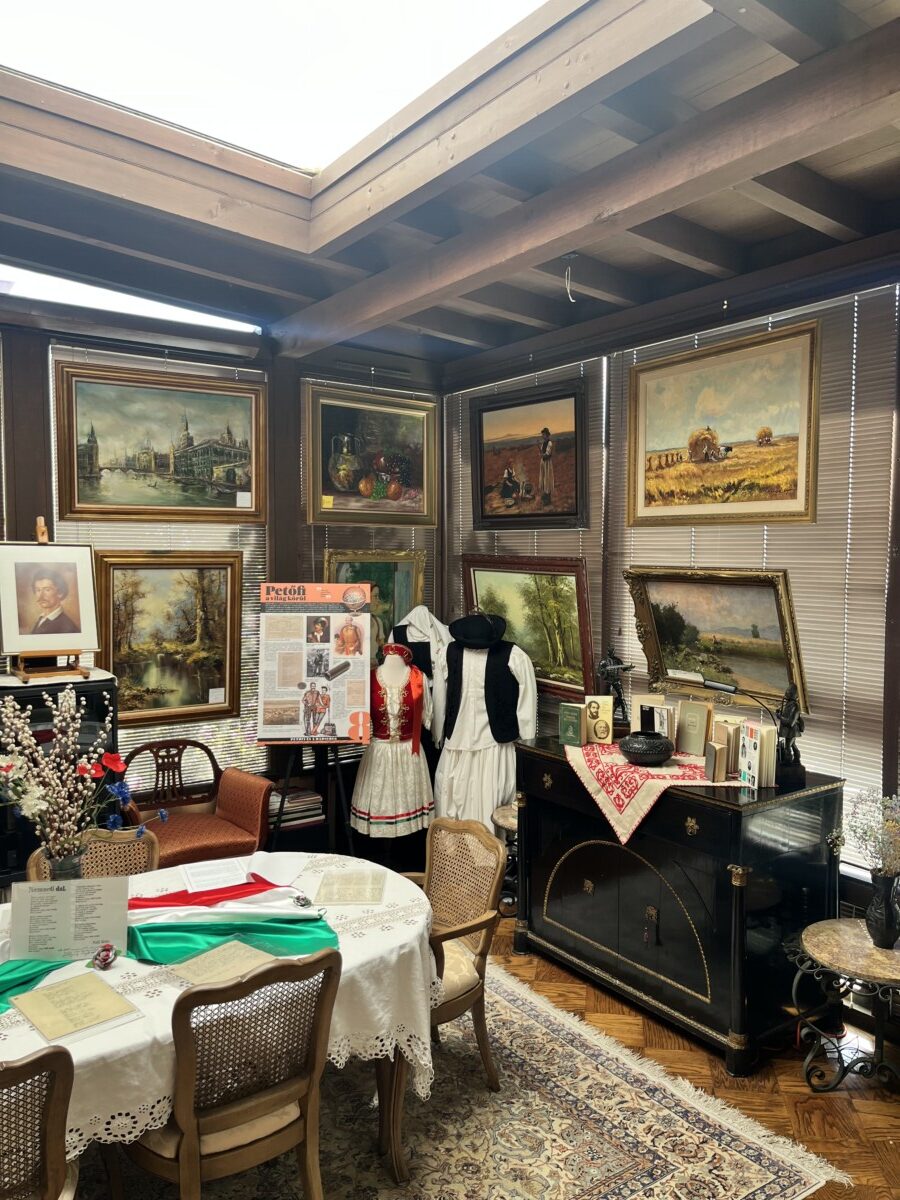
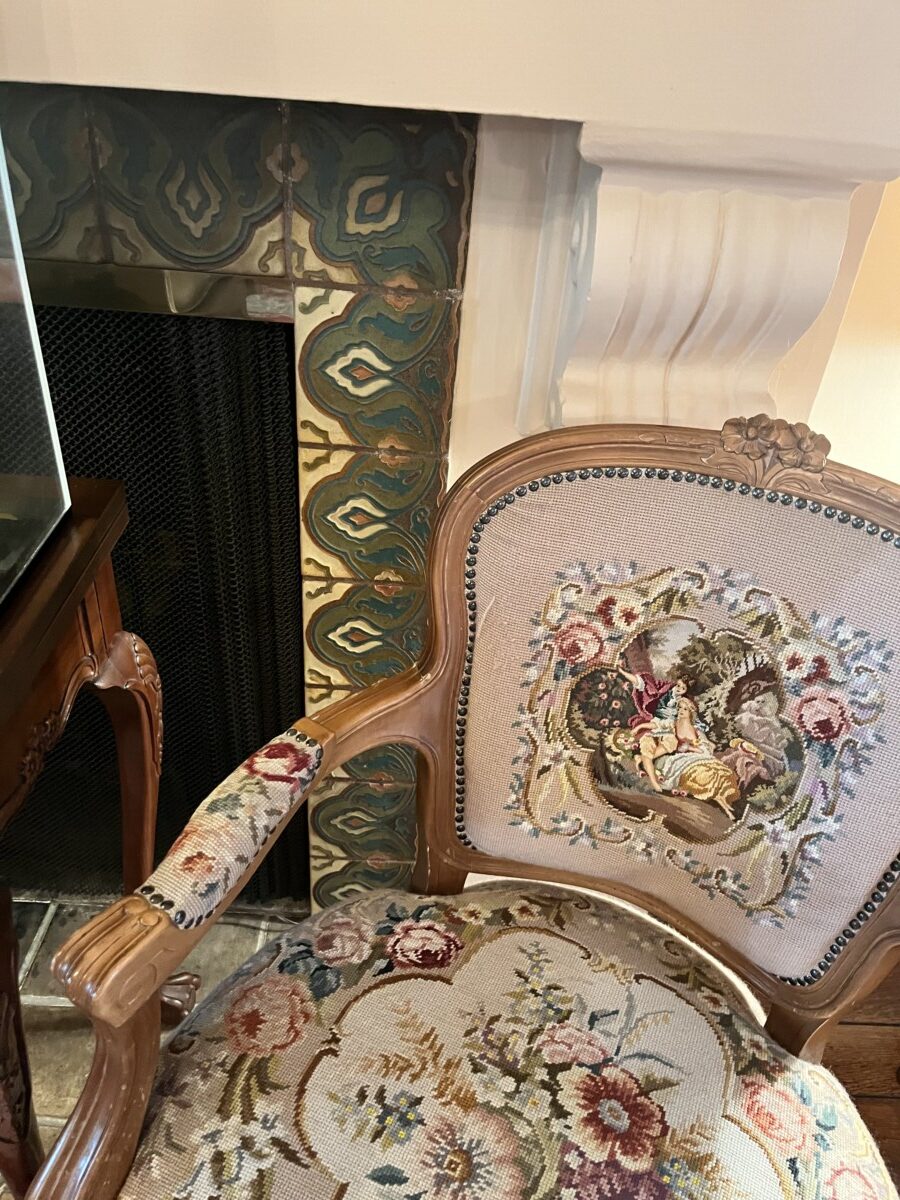
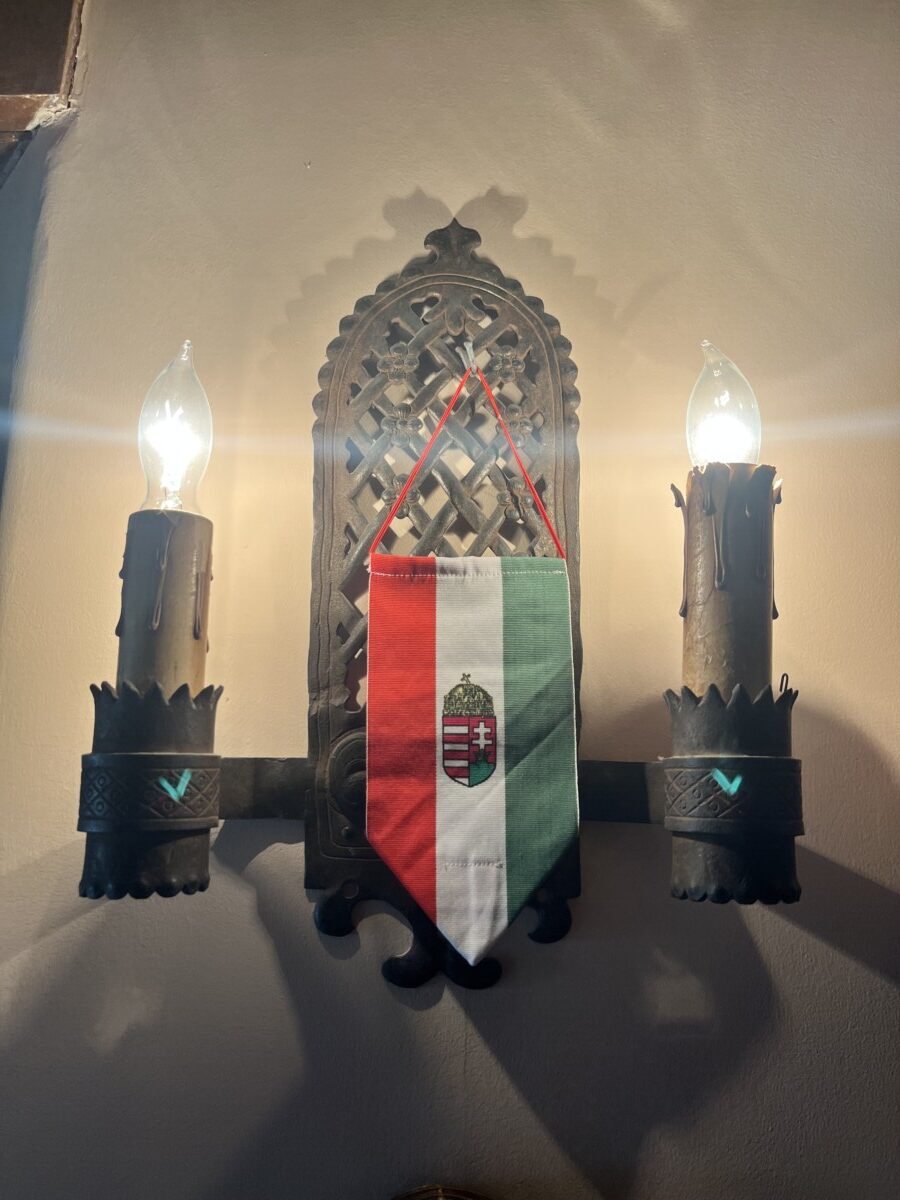
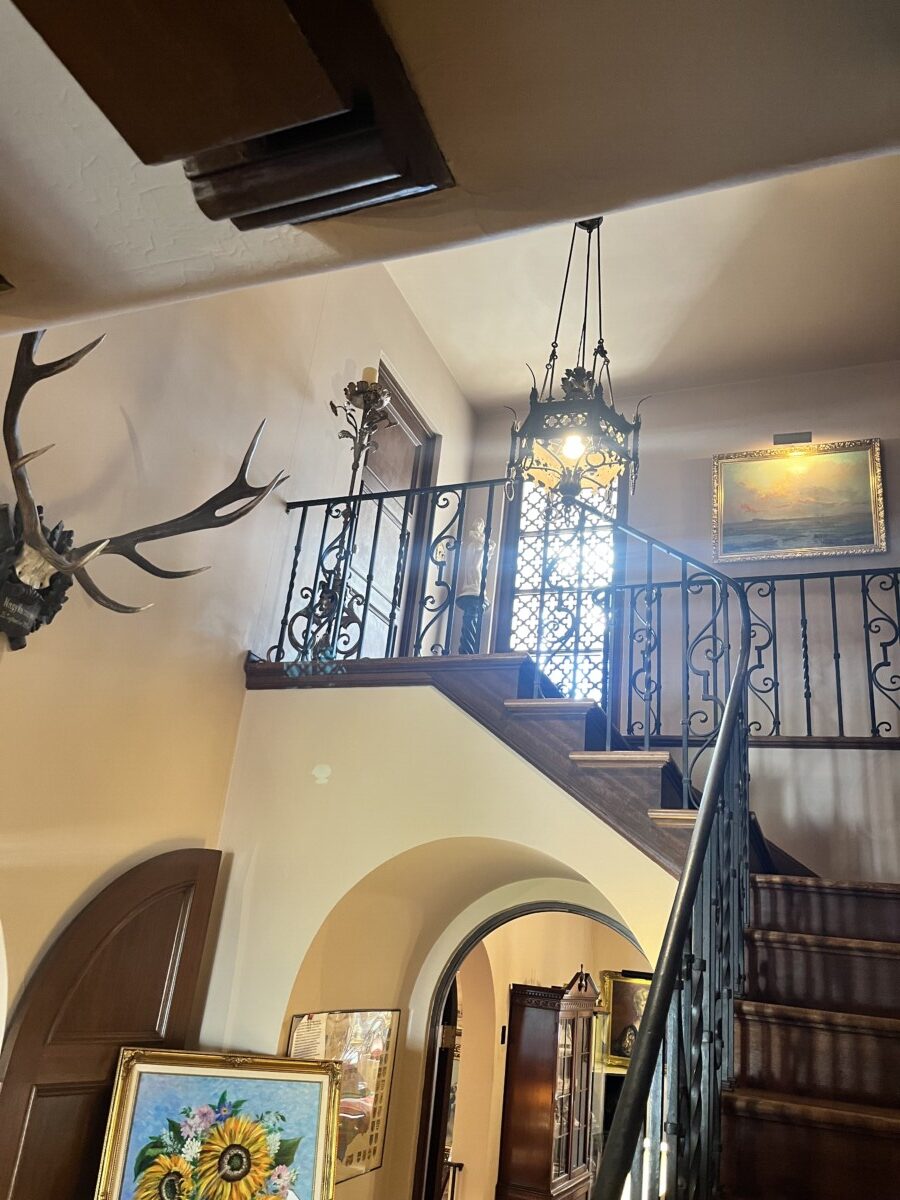
I was equally intrigued by the house itself, built in 1932. Elvira was proud to show off the fancy chair but I was more charmed by the pretty tile fireplace surround, as well as the haunted castle light fixtures and wrought iron stair railings. It’s free to visit and the docents, Elvira, Illona and others, are friendly. They have events in the backyard and you can buy a glass of Hungarian wine and cookies. Worth a visit.
Stop #3 was the Alameda Museum, which is housed in the still functioning Masonic Temple. The gift shop in front sells vintage copies of the Alameda High School yearbook, the Acorn. I love this photo of the 1874 Alameda police department. They all look like guys you wouldn’t want to meet in a dark alley, or anywhere! The decorous looking group are the high school graduates of 1876.
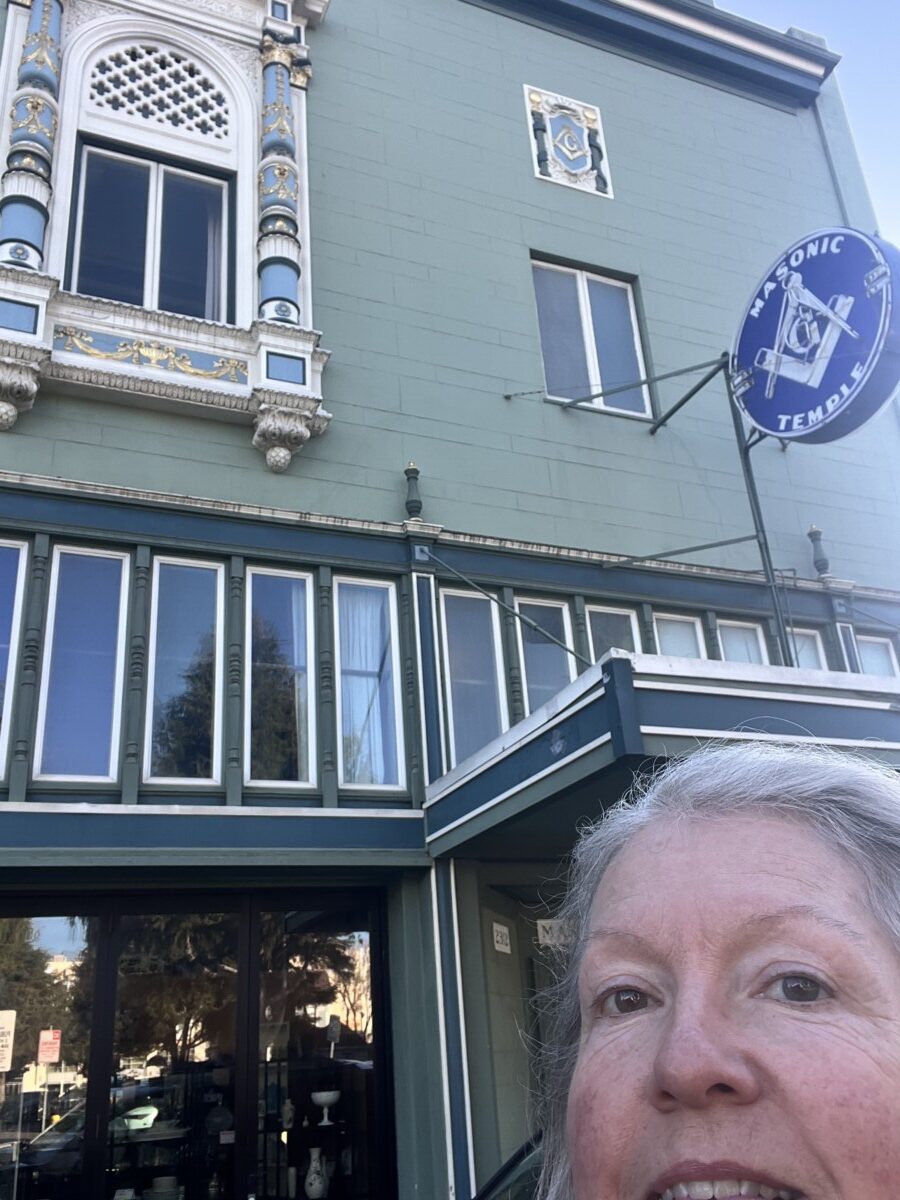
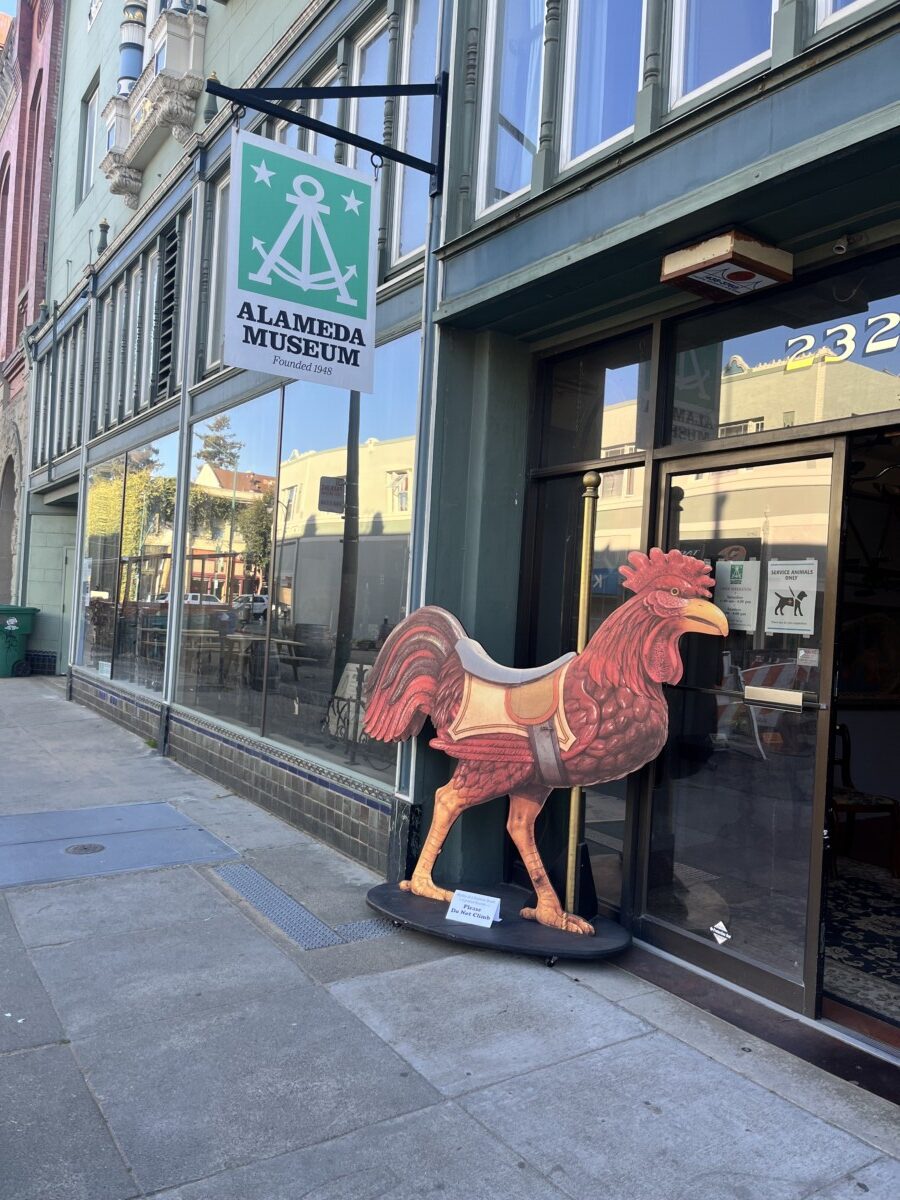
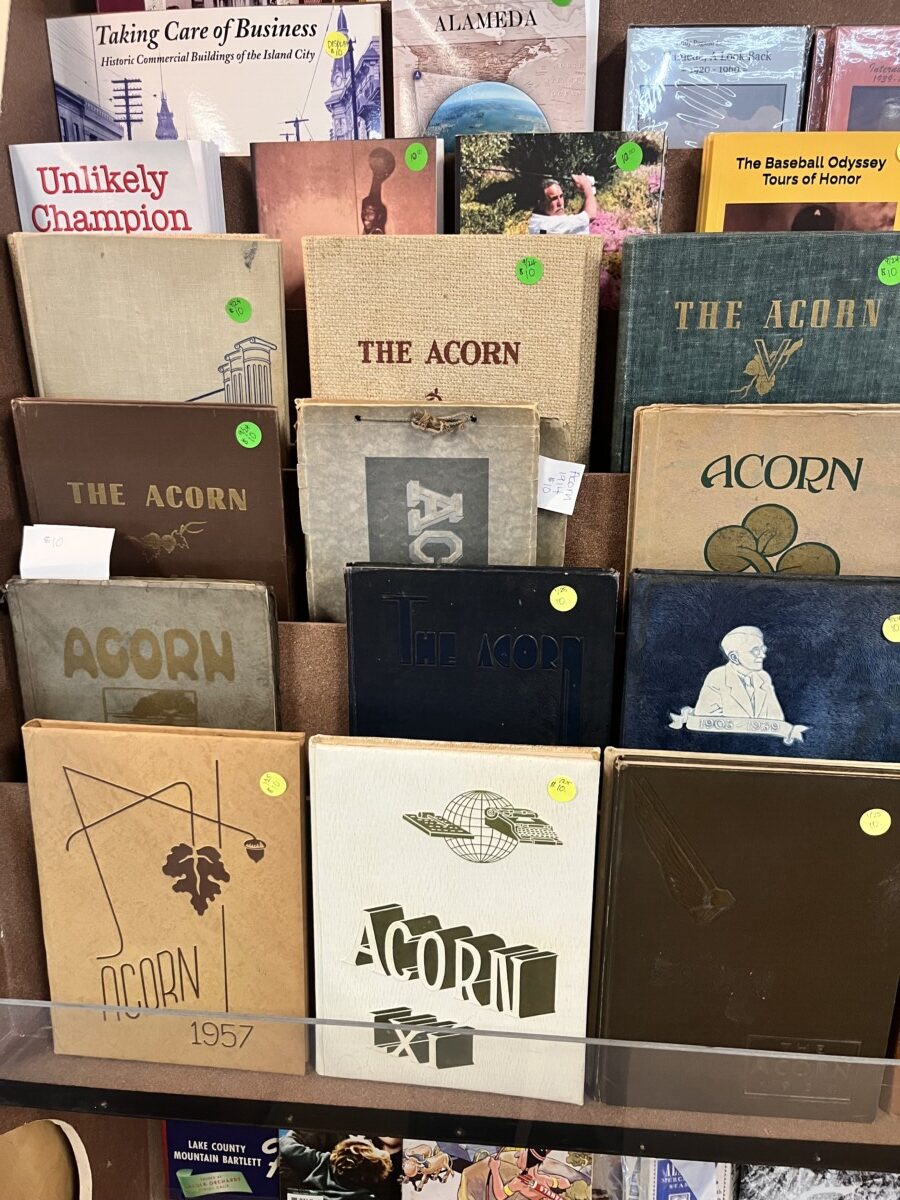
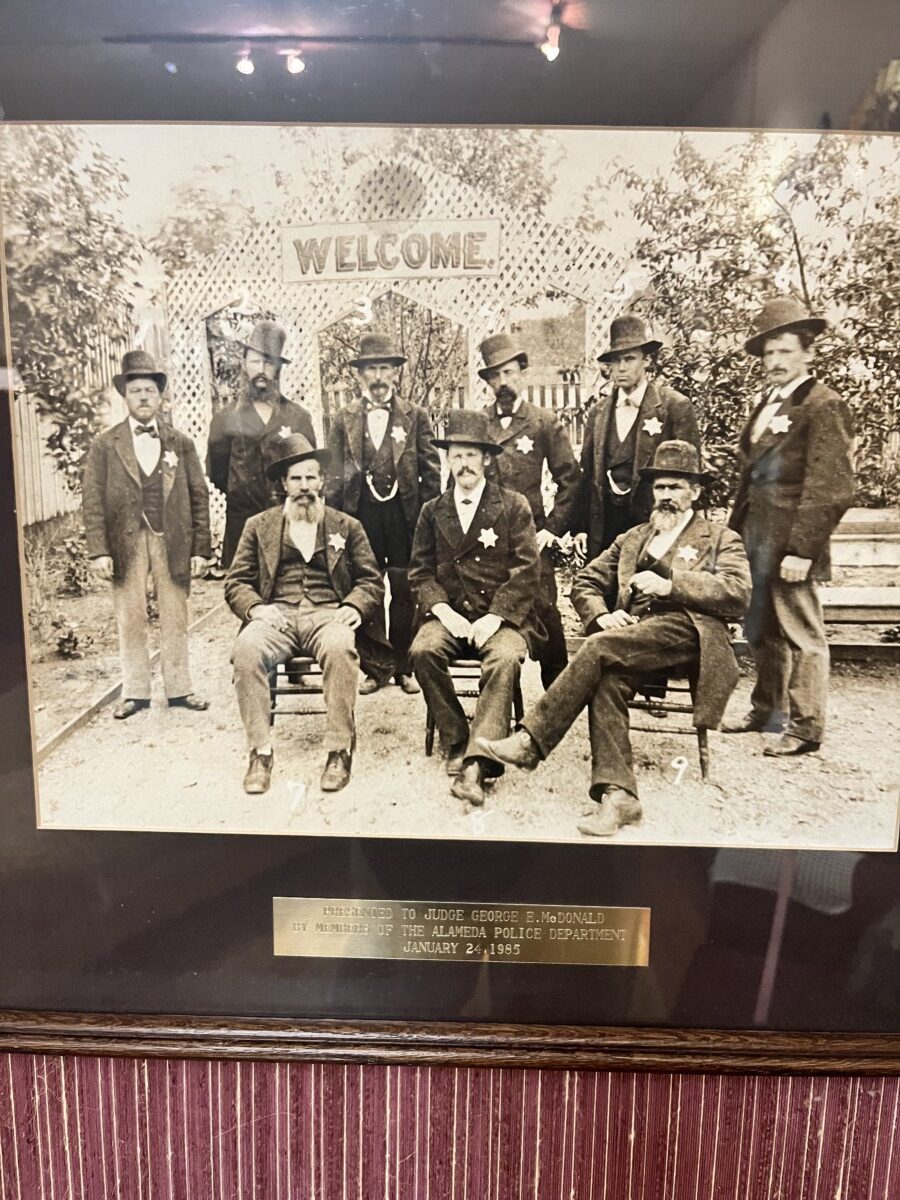
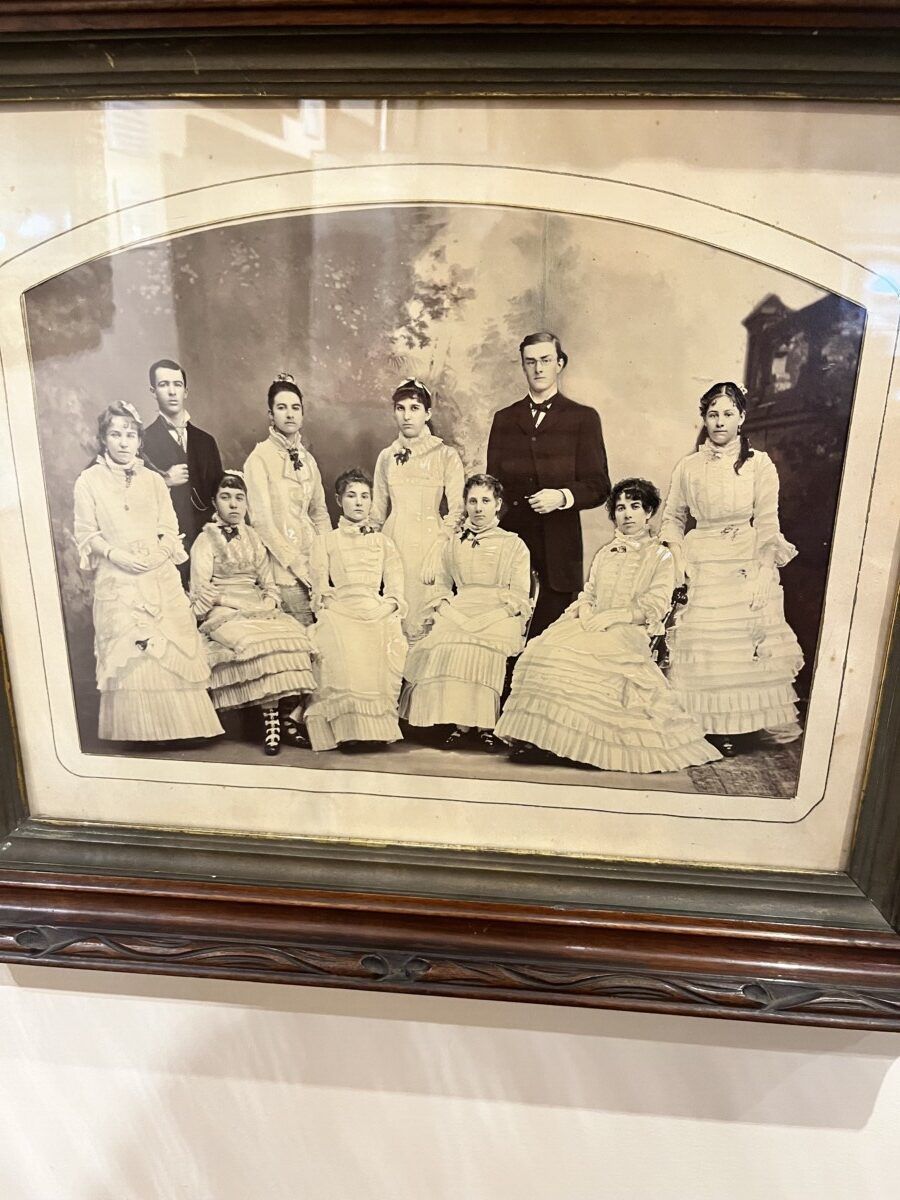
The uniformed players in this photo of 1898 high school footballers look quite modern. The sports clothes look far less dated than the suits and hats on the others. These bathing beauties competed at Neptune Beach amusement park, probably in the 1920’s.
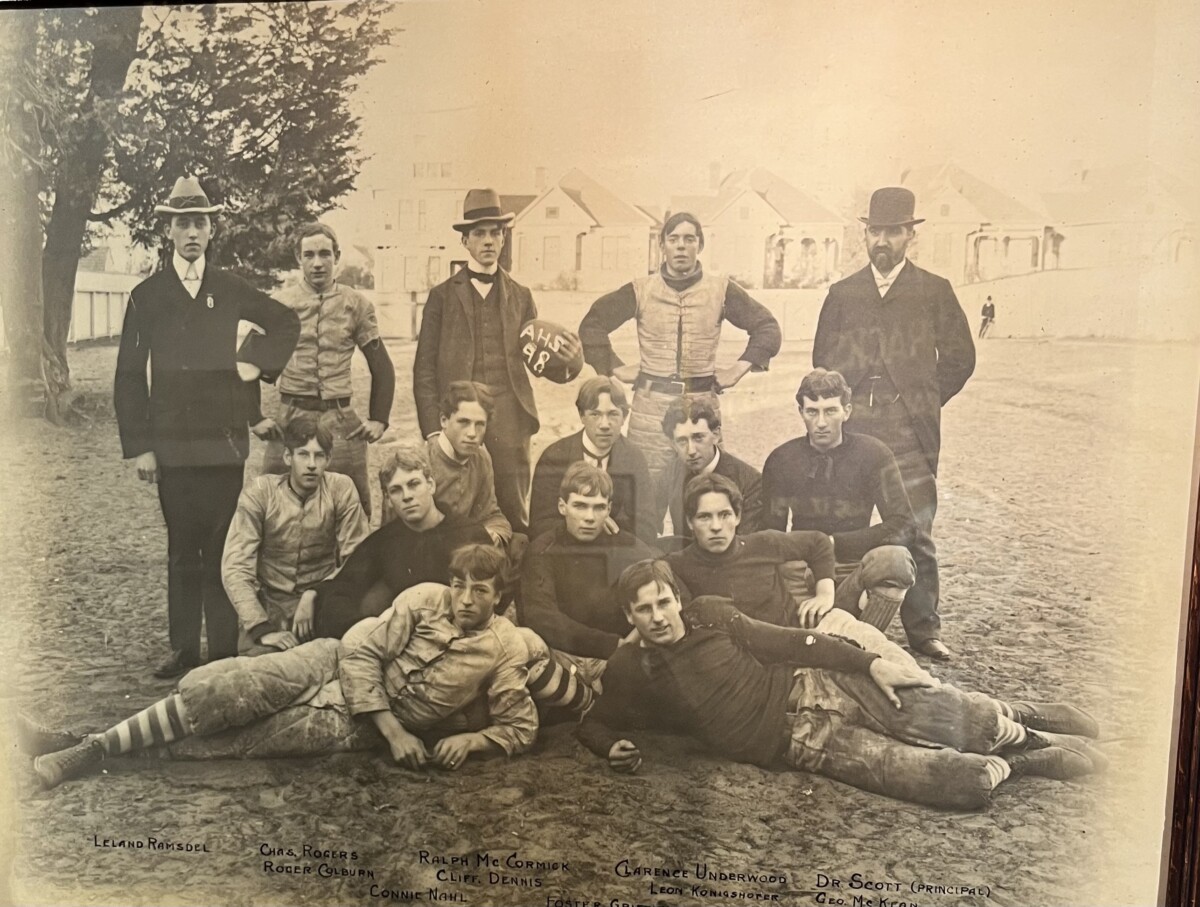
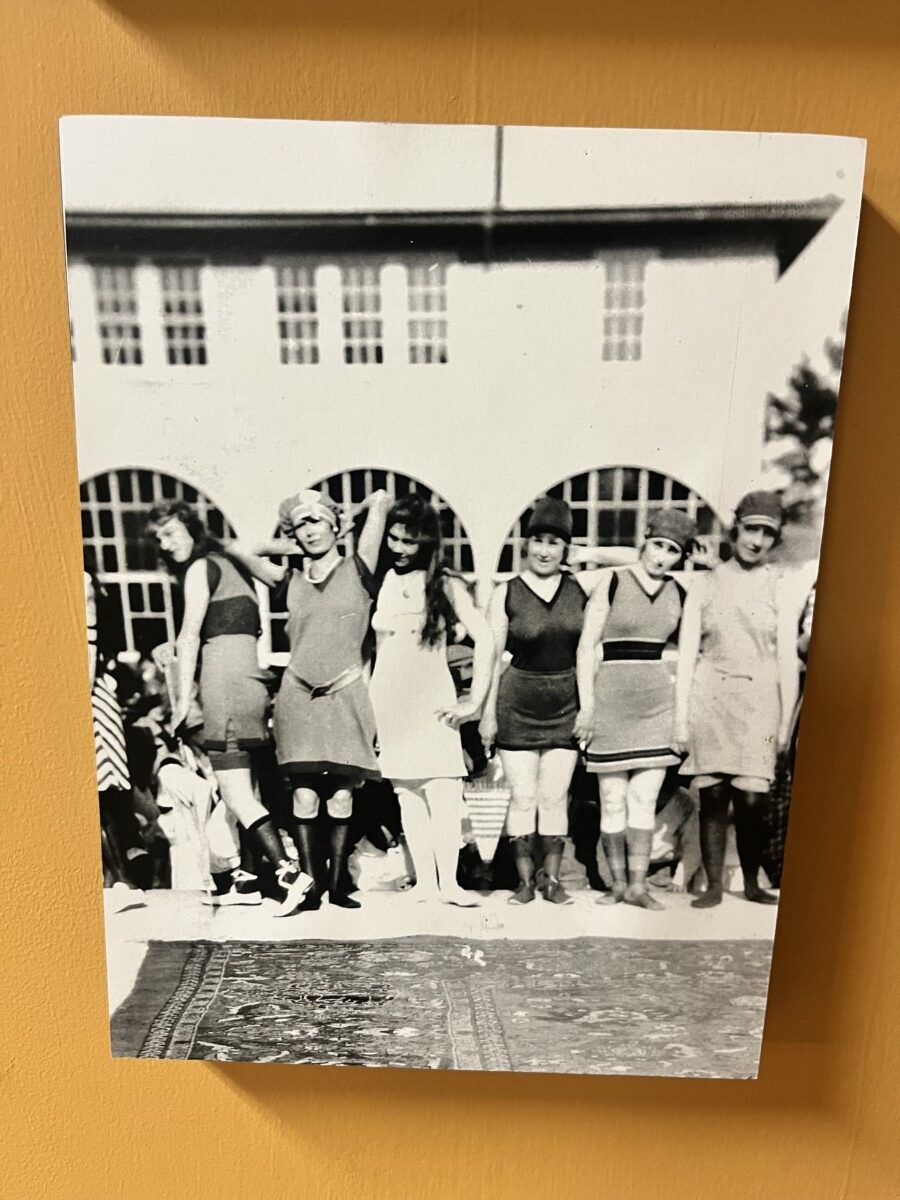
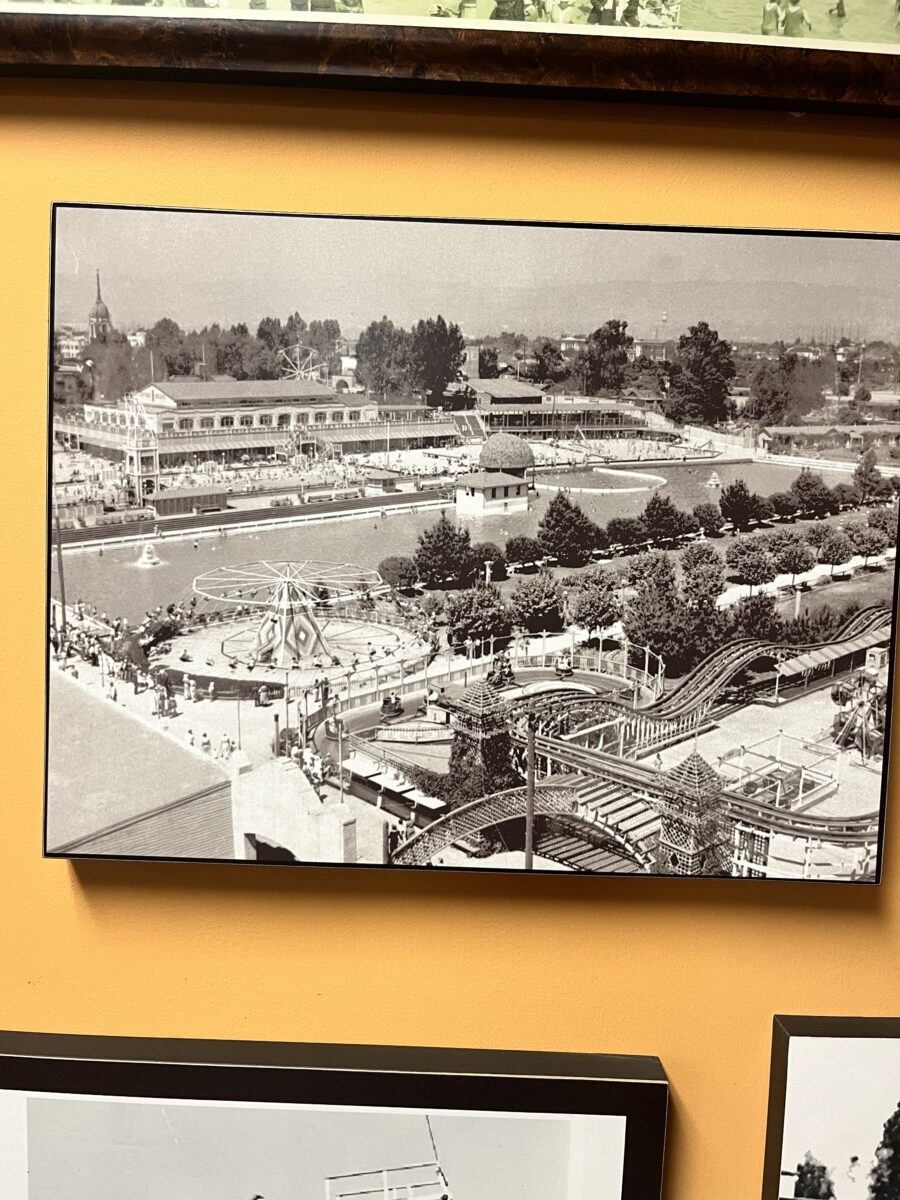
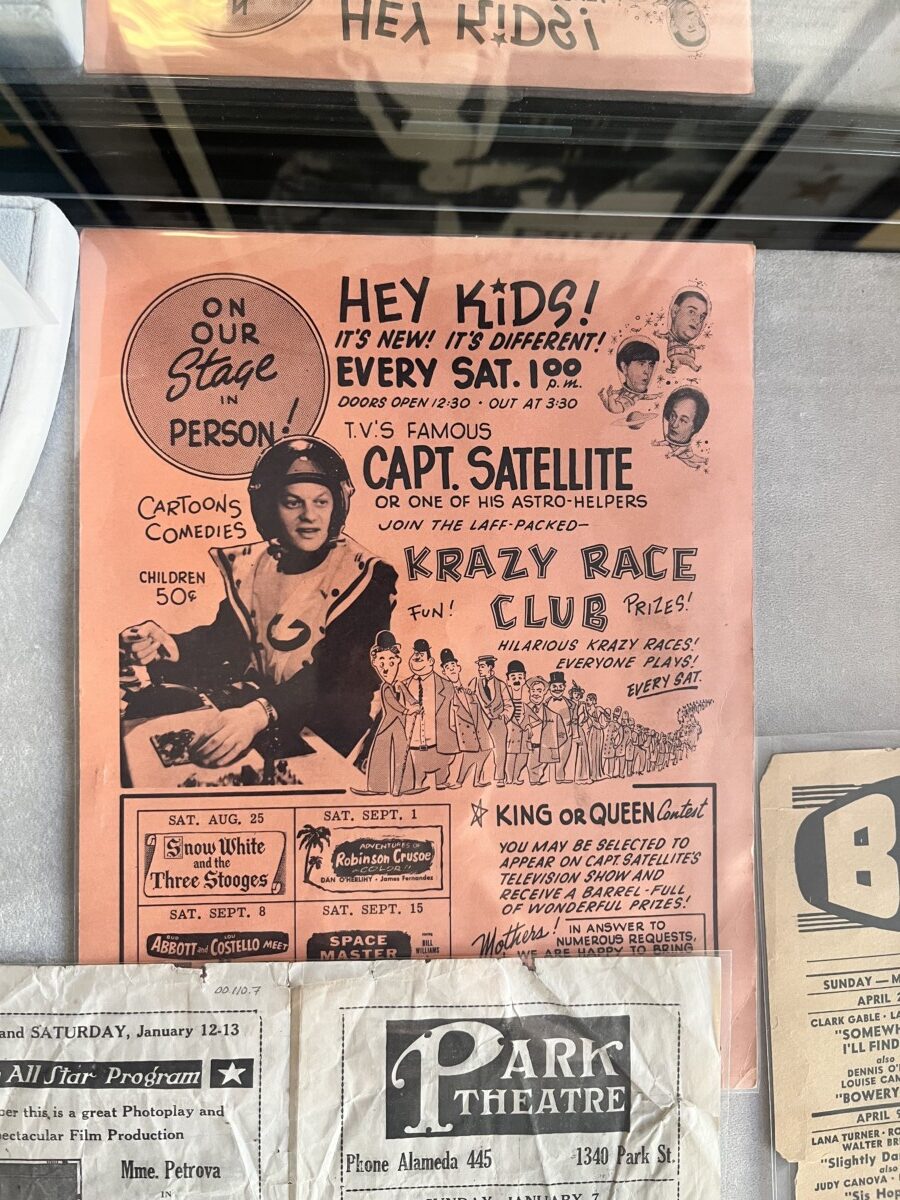
Phyllis Diller lived in Alameda in the 50’s at the beginning of her career, which took off when she played at the Purple Onion in San Francisco. The “ordinary” bicycle was safer than previous models but it was still quite common to pitch over the handlebars.
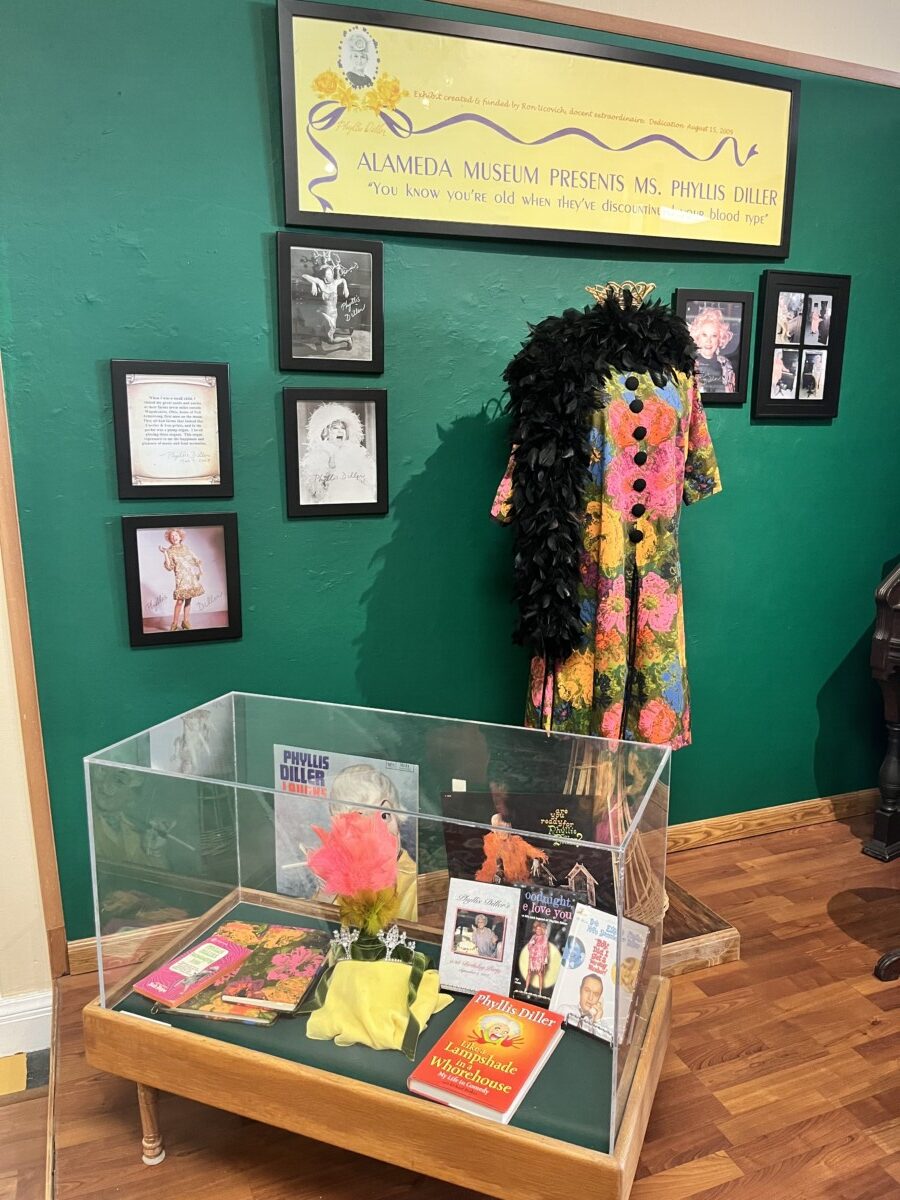
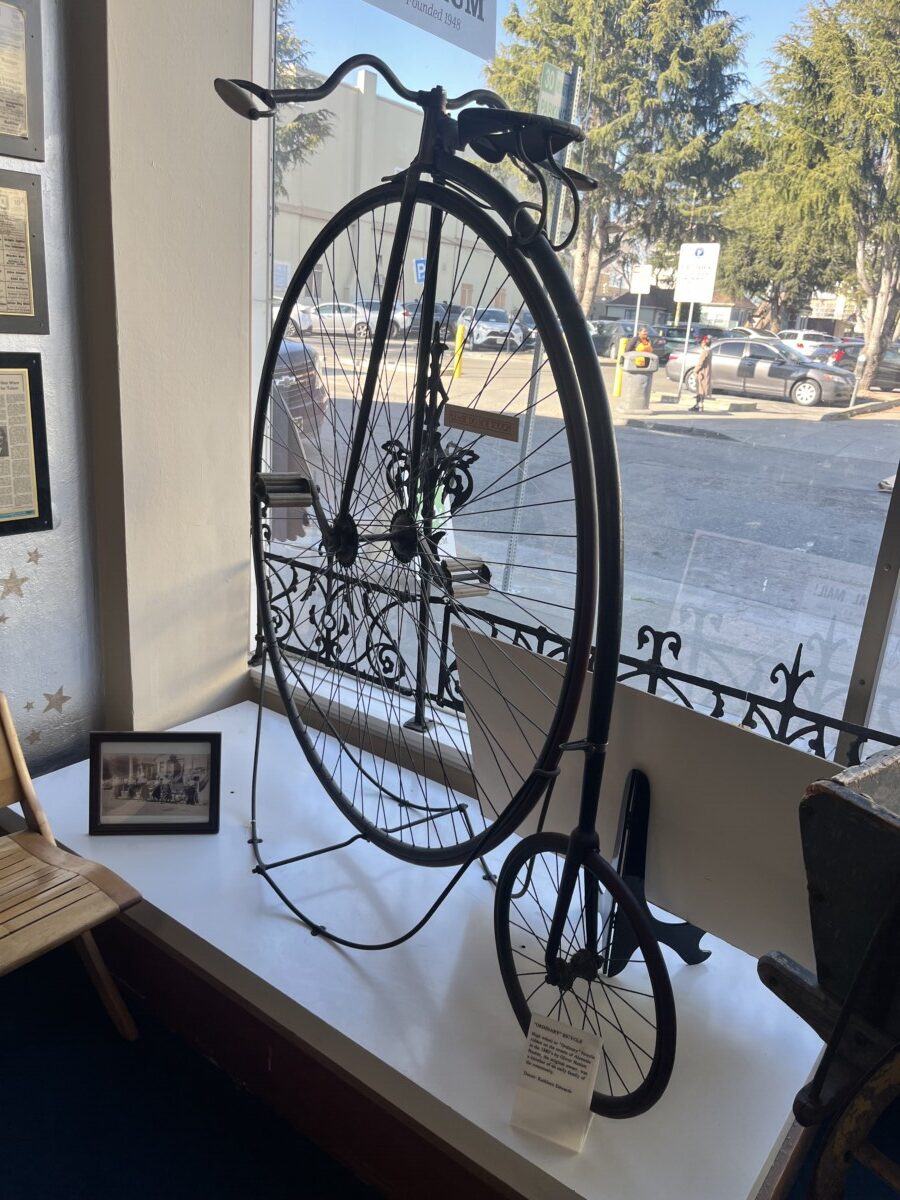
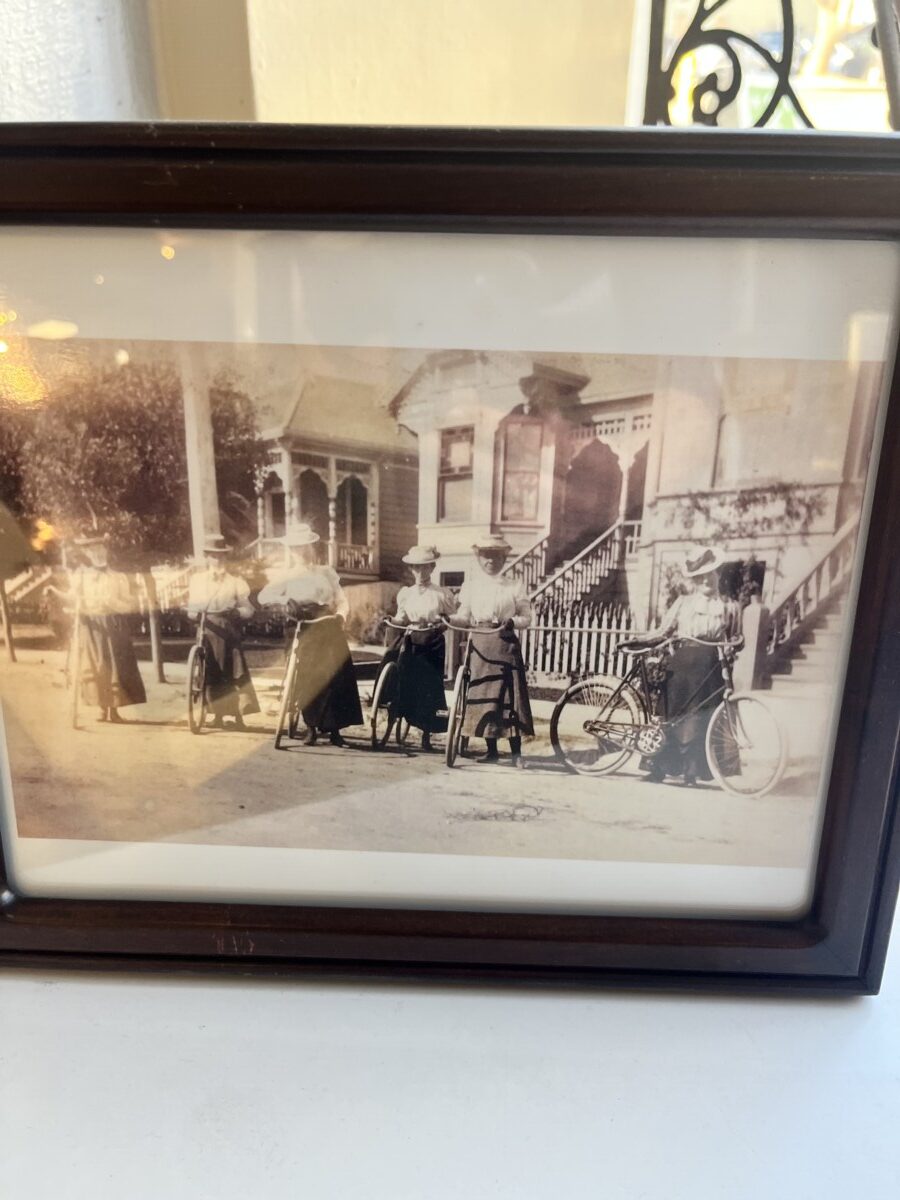
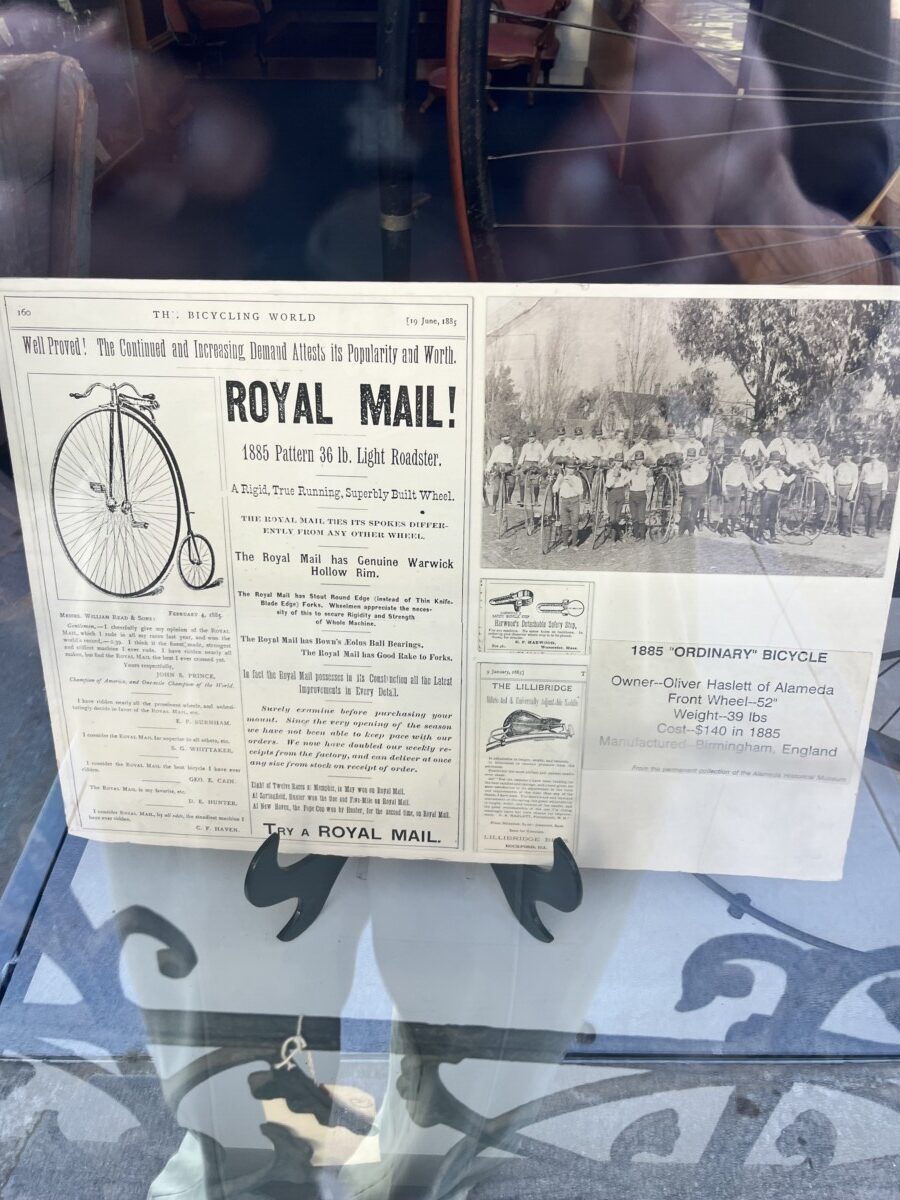
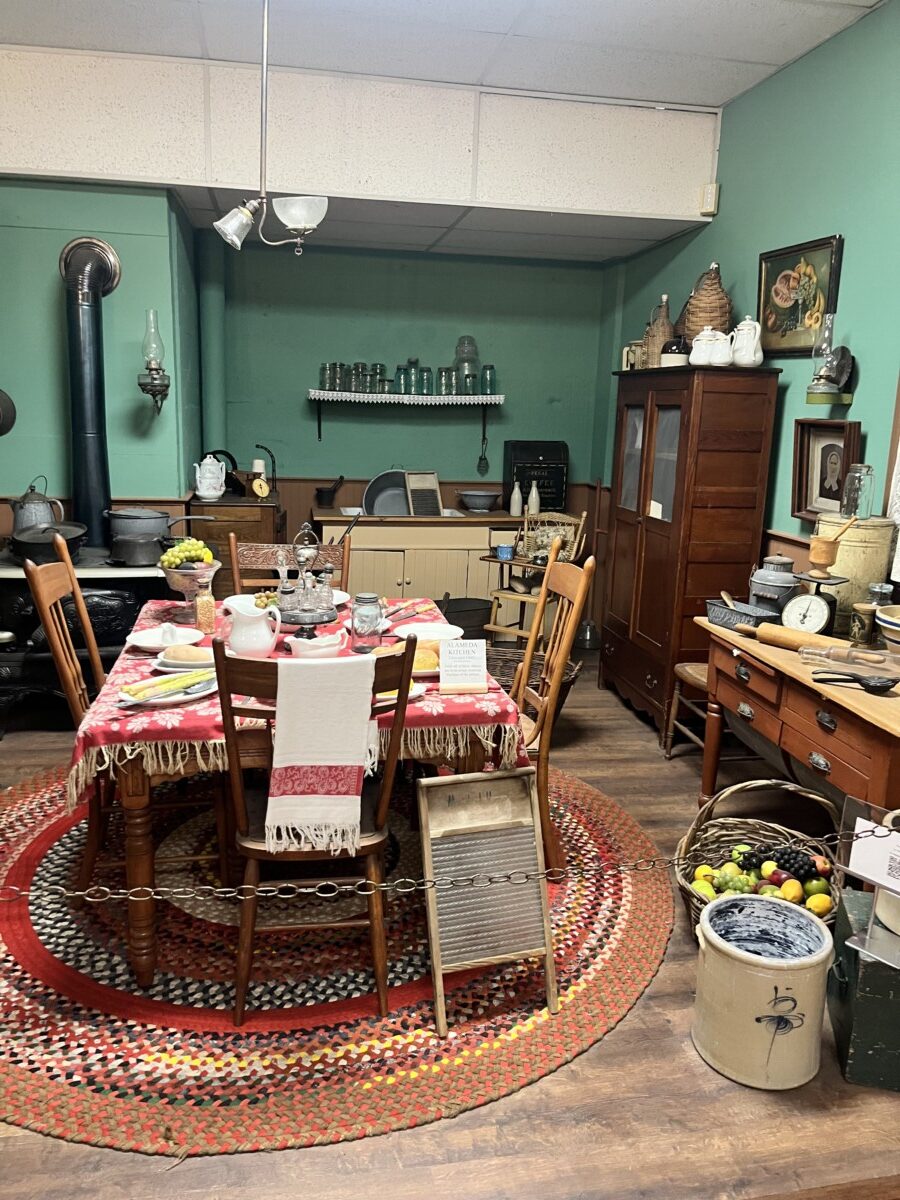
I hoped to find some dioramas as the museum. I didn’t, but this period kitchen set up feels like a life-sized one.